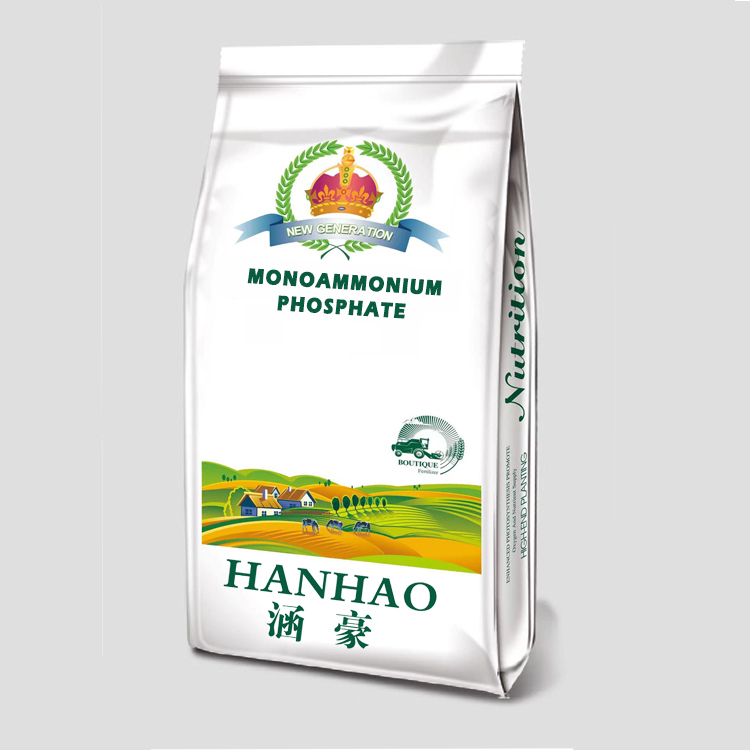
Aug . 11, 2024 13:10 Back to list
Exploring the Production Processes and Benefits of NPK Fertilizer 14-14-14 in Modern Agriculture
Understanding NPK 14-14-14 Fertilizer Significance and Manufacturing
NPK fertilizers, which stand for Nitrogen (N), Phosphorus (P), and Potassium (K), are essential for plant growth and development. These three macronutrients play pivotal roles in various physiological functions of plants, making them a staple in agriculture. Among the various formulations available, the 14-14-14 NPK fertilizer stands out due to its balanced ratio of these crucial nutrients, and it is widely produced in specialized factories around the world.
Composition and Benefits of NPK 14-14-14
The numbers in the formulation 14-14-14 represent the percentage by weight of each nutrient contained in the fertilizer. Thus, each application delivers 14% nitrogen, 14% phosphorus, and 14% potassium. This balance is particularly beneficial for crops that require even nutrient distribution throughout their growth cycle.
- Nitrogen is vital for the growth of leaves and stems, promoting lush, green foliage. It is a key component of chlorophyll, which is essential for photosynthesis. - Phosphorus plays a crucial role in energy transfer and storage within the plant. It enhances root development and flowering, which is crucial during the reproductive stage of plant life. - Potassium helps in regulating various physiological processes, including water uptake and enzyme activation. It is essential for overall plant health and resilience to diseases and environmental stress.
The balanced nature of 14-14-14 makes it particularly effective for various soil types and crop varieties. It is often used as a general-purpose fertilizer, suitable for lawns, gardens, and many field crops, leading to an overall enhancement in crop yield and quality.
Manufacturing Process of NPK 14-14-14 Fertilizer
The production of 14-14-14 NPK fertilizer occurs in specialized factories equipped with advanced technologies. The manufacturing process typically involves several key steps
npk fertilizer 14-14-14 factories

1. Raw Material Procurement The production begins with sourcing raw materials, which include ammonium nitrate or urea for nitrogen, monoammonium phosphate (MAP) or diammonium phosphate (DAP) for phosphorus, and potassium chloride or potassium sulfate for potassium.
2. Mixing The raw materials are precisely measured and mixed in predetermined ratios to achieve the desired nutrient balance. The blending process ensures uniform distribution of nutrients throughout the fertilizer.
3. Granulation The mixed nutrients are then granulated. This process involves transforming the blended materials into granules, which are easier to handle and apply. Granulation can be achieved through various methods, including drum granulation and fluidized bed granulation.
4. Drying and Cooling After granulation, the fertilizer granules are dried to reduce moisture content, which prevents clumping. They are also cooled to stabilize the product and prepare it for packaging.
5. Quality Control Quality assurance is critical in fertilizer production. Samples are taken throughout the production process to ensure that the nutrient concentration meets the specified standards.
6. Packaging and Distribution Finally, the finished NPK 14-14-14 fertilizer is packaged in bags or bulk containers for distribution to retailers, agricultural suppliers, and farmers.
Conclusion
NPK 14-14-14 fertilizer remains a cornerstone of modern agriculture due to its balanced formulation and effectiveness in promoting healthy plant growth. The factories that manufacture this essential product employ sophisticated techniques to ensure quality and consistency, thereby supporting sustainable agricultural practices. As the demand for high-quality food increases globally, the role of NPK fertilizers like 14-14-14 will continue to be crucial in meeting the nutritional needs of crops and, ultimately, the human population.
-
Premium Amino Acid Fertilizer | Rapid Plant Growth Booster
NewsJul.31,2025
-
10 10 10 Fertilizer Organic—Balanced NPK for All Plants
NewsJul.30,2025
-
Premium 10 10 10 Fertilizer Organic for Balanced Plant Growth
NewsJul.29,2025
-
Premium 10 10 10 Fertilizer Organic for Balanced Plant Growth
NewsJul.29,2025
-
Premium 10 10 10 Fertilizer Organic for Balanced Plant Growth
NewsJul.29,2025
-
50 Pound Bags of 13-13-13 Fertilizer for All Plants – Bulk & Organic Options
NewsJul.28,2025
